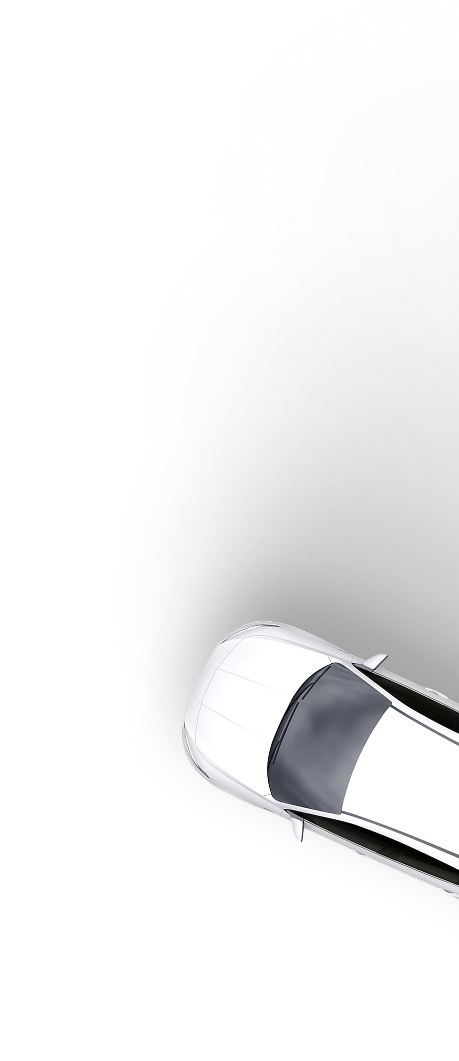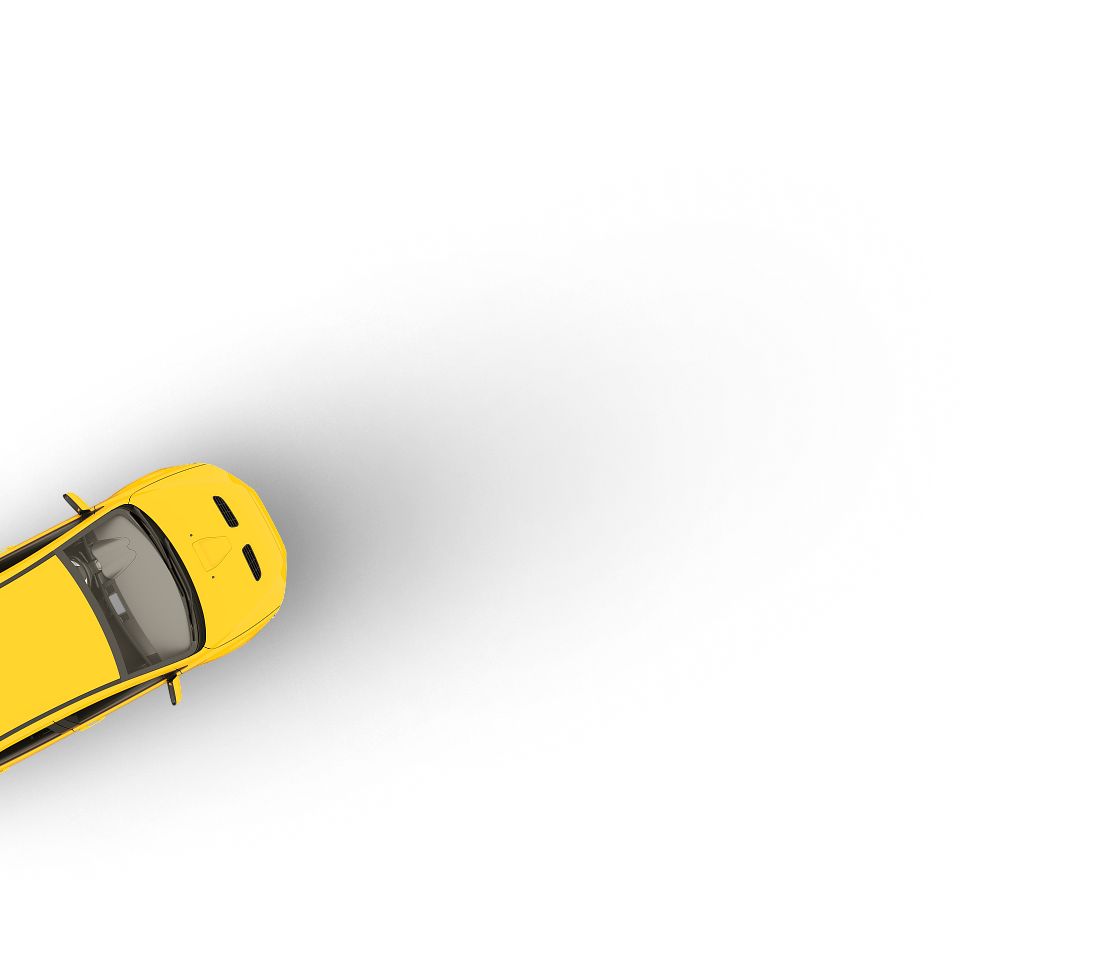Trade to trade car marketplace
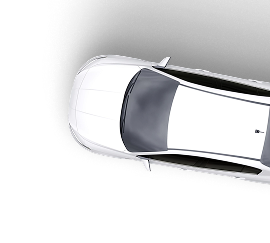
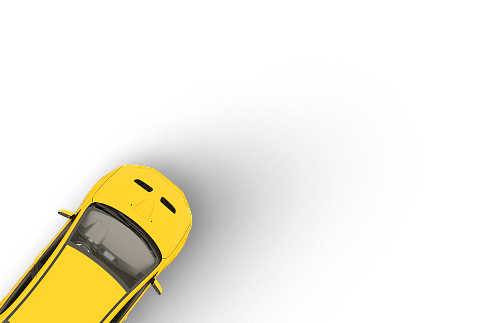
Trade-only marketplace
Flexible selling options
Maximise your profits
Thinking about buying back your written-off car? This guide breaks down exactly what it costs, when it makes sense and how to avoid getting burned. From repair bills to insurance pitfalls, we cover every detail UK drivers need to make a smart, financially sound decision after a write-off.
Last updated: 4th August, 2025

Listen to this story
If your car’s been written off and you’re thinking about buying it back, you’re probably wondering how much it’s going to cost.
When an insurer writes off a vehicle, they take ownership and offer you a payout based on its pre-accident market value. But they’ll also give you the option to buy it back, usually for the amount they think they could recover by selling it as salvage.
That price varies. There are repairs, inspections, admin fees and future resale value to consider.
In this article, we’ll demystify everything for you.
A written-off car is one that an insurance company decides isn’t worth repairing after an accident, flood, fire or theft recovery. That doesn’t always mean the car is a total wreck. It just means the cost to fix it outweighs what it’s worth.
In the UK, write-offs fall into four categories:
If your car falls into Cat S or Cat N, you may be able to buy it back from your insurer and repair it for less than the payout would cost you to replace it. That’s where the buy-back process comes in.
According to DVLA data, 562,165 vehicles were written off in 2024. Every year prior, there’s been an upward trend — more and more write-offs happen every year.
A significant portion of them are not because of catastrophic crashes, though. Here are the most common reasons insurers decide to write off a vehicle:
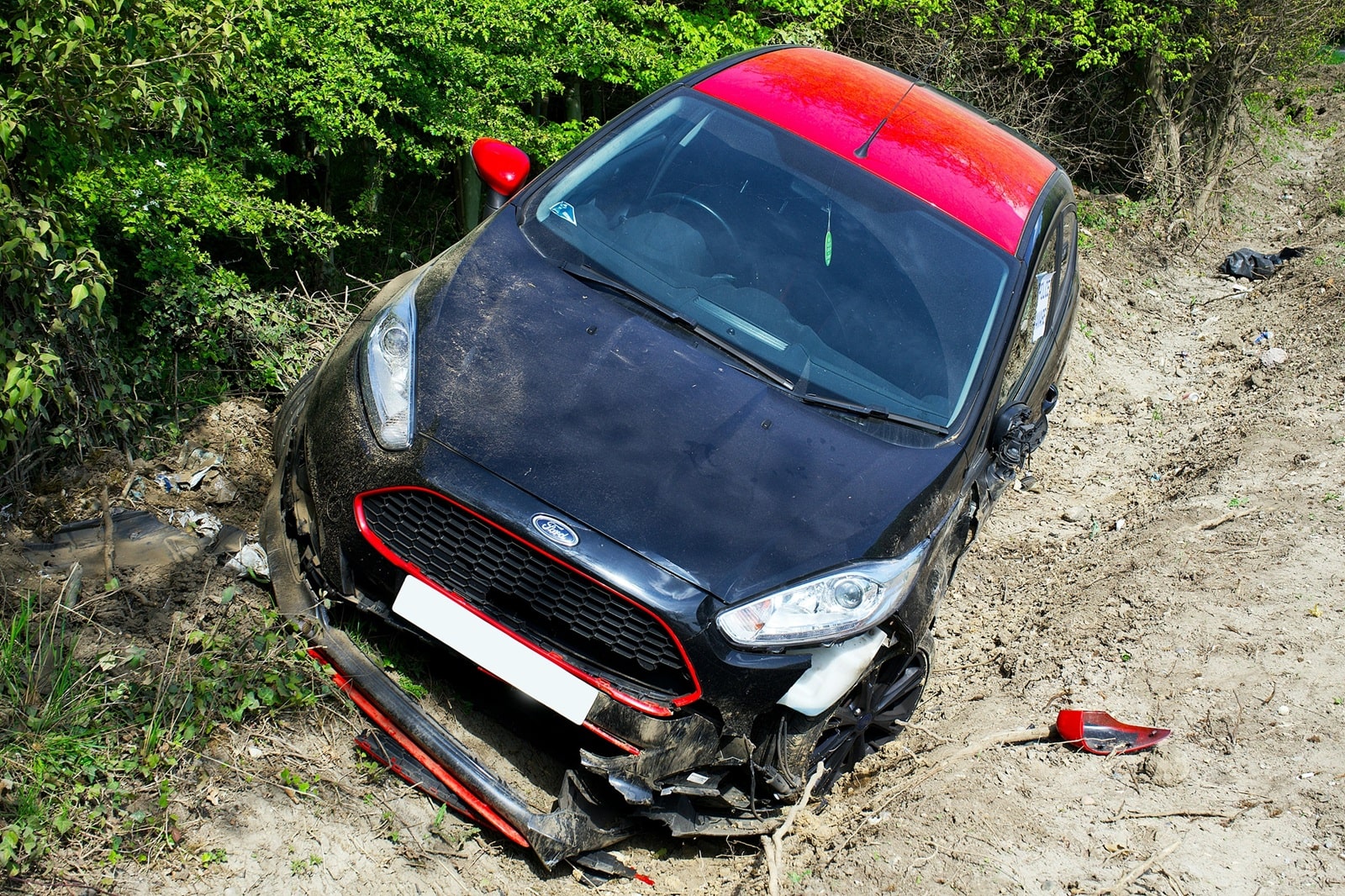
Buying back a written-off car isn’t always an option. It depends on two key things: the write-off category and your insurer’s policy.
You can only buy back cars written off as Category S or Category N. These are legally repairable and can be returned to the road. If your car is Category A or B, it’s either too dangerous or too badly damaged. By law, you can’t buy it back or drive it again.
Even with Cat S and Cat N cars, not all insurers offer a buy-back. Some will automatically take the vehicle and send it to auction or salvage. Others may offer to deduct the salvage value from your payout and let you keep the car.
If you want to buy it back, you’ll need to tell your insurer immediately after they declare it a total loss. Once the vehicle is passed to a salvage agent, it’s too late.
If you're thinking about buying back a written-off car, here’s a full picture of the costs you’ll likely face, from the initial buy-back to getting it road-ready again.
This is the price you’ll pay to keep the car after it’s been declared a total loss. It’s calculated as:
Pre-accident market value – Salvage value = Your payout
If you want the car back, the salvage value is deducted from the payout. Let’s say your car was worth £10,000 and the salvage value is £3,000:
Salvage values typically fall between 20% and 40% of the car’s market value.
Repair bills vary massively based on the type of damage as well as the type of car you drive. According to data from Selsia Vehicle Accident Centres, repair costs increased across the board by 6.7% in 2024.
A few rough averages across the UK:
Labour rates also vary. According to insights from Checkatrade, mechanics charge anywhere between £25 to £80 per hour on average. In more expensive areas (like Central London), that figure might get well over £100.
As for the parts, you can source them new (more reliable, more expensive) or salvage (cheaper, but may have wear or compatibility issues).
For Category S cars, you will have to prove roadworthiness before re-registering. The two main costs are:
Only qualified garages or engineers with structural assessment credentials can legally sign off on the structural integrity report.
Road tax doesn’t change based on write-off status, but insurance does. You can insure a Cat N or Cat S car, but it will be more expensive because insurers see write-offs as riskier. Not to mention, some mainstream insurers may refuse cover, so you might need to use a specialist insurer who handles salvage titles.
It’s a good idea to get multiple quotes right away, before you commit to a buy-back.
If the insurer reported the car as a total loss, you will need to update or replace the logbook if it’s a Cat S car. The replacement V5C logbook costs £25 and it’s handled through the DVLA, either by post or online, depending on the paperwork involved.
To prepare for resale in the future (assuming you don’t want to keep it for yourself), don’t even bother without paying for the history check.
This is what verifies the write-off category, repair history, outstanding finance and whether the car’s been stolen or cloned. You’ll fetch a higher sale price if you’re equipped with this info.
Now… things can still get expensive, even if you think you’ve budgeted properly.
Anthony Sharkey is COO at New Reg Limited (Car.co.uk, Trader.co.uk, Garage.co.uk), driving innovation in vehicle recycling, logistics, and customer experience.
Most people focus on the buy-back price and forget the downstream costs, like transport, storage, diagnostics and resale impact. We see it all the time. The smartest buyers treat a write-off like a project car: you need a clear plan. That’s where real savings are made.
If the car isn’t roadworthy, you’ll need to arrange transport from the recovery yard or insurer’s holding facility.
Flatbed hire or private recovery operators charge more for short-notice or weekend jobs. And since you’re doing a buy-back, insurers almost never cover this. If you delay, you might also run into...
Recovery yards and insurer-contracted depots usually give you 48 to 72 hours to collect the vehicle. After that, you could be charged £20 to £40 per day in storage fees. If there’s any paperwork delay (e.g. waiting on payout or salvage agreement), these charges stack up quick.
Superficial damage can hide electrical, engine or suspension issues. You won’t find out until the car is on a lift. Pre-repair diagnostics cost £60 to £150. Strip-down to uncover hidden damage run you £200+. ECU or sensor faults might require specialist testing and software resets.
And once the car’s in bits, you're committed.


Body shops will quote based on what they can see. But once they open it up, they might need extra hours.
Bent brackets, seized bolts, or damaged wiring looms? That’s another 5 to 10 hours of labour. Poor access to internal panels can double the time for what seemed like a quick job. If frame alignment is off, expect days, not hours, for structural correction.
Every extra hour adds £50 to £150, depending on the shop.
If the car’s your daily driver, not having it costs you time and money. The costs of missed work, travel disruption and paying for Ubers alone might make this a bad deal for you. Some insurers offer courtesy cars, but again, usually not if you buy the car back
Add up the cost of being without a vehicle for 2 to 4 weeks or more.
If your car is a rare spec, imported or older model, sourcing parts might delay repairs. Some may be on backorder for weeks. You might need to buy parts from breakers or overseas, even if that means taking a gamble on condition or compatibility. Also, salvage parts void workmanship guarantees at most repair shops.
Re-registering a Cat S car or correcting logbook issues can take weeks if forms go missing or are flagged for manual review. During that time, you can’t sell, tax or sometimes even insure the car. No driving until the paperwork clears.
| Cost item | Estimated cost | Notes |
|---|---|---|
| Buy-back price (salvage value) | 20-40% pre-accident value | Varies based on car’s initial value |
| Repairs | £500 to £6,000+ | Depends on damage; structural and airbag repairs raise costs quickly |
| Labour (hourly rate) | £50 to £150 per hour | Regional variation; specialist shops charge more |
| Parts (new or salvage) | £200 to £2,500+ | Cost depends on car type, damage, and whether parts are new or used |
| MOT retest | Up to £54.85 | Required if MOT expired or the car was off-road during the process |
| Structural integrity report* | £100 to £250 | *Only required for Cat S cars before re-insurance or sale |
| Vehicle history check (HPI, etc.) | £10 to £20 | Useful for resale value and peace of mind |
| DVLA logbook update* | £25 | *Only if you need a full replacement logbook |
| Flatbed or towing | £50 to £500+ | Depends on distance and urgency |
| Storage fees (post-write-off) | £20 to £40 per day | Charged after grace period by recovery yards |
| Diagnostics & Strip-Down | £60 to £200+ | May be needed to assess hidden mechanical or electrical damage |
| Increased insurance premium | +10% to +50% annually | Based on write-off category, situation and insurer policy |
| Temporary car hire (if needed) | £210 to £1,200 | £30 to £60 per day while car is being repaired |
Total estimate (all-in): £2,500 to £12,000+
Of course, this depends heavily on the damage type, the car’s value, and how much work you outsource.
As any experienced trader will tell you, it comes down to math, market knowledge, and condition. Here are the situations where the numbers usually work in your favour:
If your car’s been written off due to surface-level issues like dents, scratched panels, or bumper damage but is still mechanically sound, you’re in a strong position. You might be able to handle cosmetic repairs cheaply, and some aren’t even necessary for the functional aspect of the car.
If the numbers are right, it could be back on the road for less than the payout would get you in a replacement vehicle.
You know a trusted mechanic (or are handy yourself).
If you’ve got access to mates’ rates or you're capable of tackling basic repairs and part replacements, you eliminate the biggest cost: labour. Buying salvage parts and fitting them yourself keeps costs low.
Some cars are worth more to you than they are on paper.
If it's rare, modified, or highly spec’d, the market replacement might be miles more expensive than your payout. If it’s one-owner, FSH, low mileage, or unusually well-maintained, you know the car’s history — and that’s worth a lot. For enthusiasts, keeping the vehicle avoids the cost and risk of sourcing a lesser alternative.
Or maybe, you just really love that car. Maybe you named it. Maybe you have good memories in it and don’t want to see it go yet. That’s perfectly reasonable, too.
Cat N cars are the easiest to justify financially. There’s no frame damage, no alignment issues, and no need for inspection reports. Insurers often write these off for trivial issues. They’re usually faster to repair and easier to reinsure. You just have to be aware of the fact that non-structural damage won’t be immediately visible and requires a closer inspection.
If you know how to spot a deal, you can buy it back, fix it and resell at a margin. This is particularly true for in-demand models and low-mileage vehicles with cosmetic damage. Salvage buyers and small traders do this daily. Just be transparent about the write-off status when selling.
There are a few non-negotiables in this space. Sometimes, it’s actually impossible to buy back a write-off due to the legality. Others are simply illogical decisions. In the following situations, just take the money and move on:
This is non-negotiable. Cat A cars must be scrapped (no parts, no resale, no exceptions). Cat B cars can be broken for parts, but the shell must be destroyed. You can’t drive it again legally. If it’s labelled Cat A or B, you’re wasting time even asking about a buy-back. Insurance companies won’t do it.
Cat S cars with frame, chassis, or suspension damage might be repairable, but not affordably. Structural repairs require specialist equipment. Misalignment can cause long-term tyre wear, steering issues and resale problems. Labour costs multiply quickly when welding, cutting or jigging is involved.
The same goes for any kind of damage that’s expensive to fix. Examples of this include electrical system damage or water ingress, chassis or alignment issues (which affect drivability and long-term reliability) and airbag deployment (which, in addition to being expensive, leads to ECU issues).
If you can’t find a single mainstream insurer willing to cover it at a reasonable price, that’s a major red flag. Specialist policies tend to have limited cover or higher excess. You may also lose access to add-ons like courtesy cars, breakdown cover and agreed-value policies. If you can’t fully protect the asset affordably, don’t own it.
Even if the car looks perfect post-repair, it’ll always show up as a write-off on HPI checks. Some buyers simply won’t touch Cat S/N vehicles. Others will expect a deep discount. It’ll also take longer to sell or attract tyre-kickers looking for leverage.
If you’re not planning to keep the car long-term, resale pain might outweigh the short-term savings. And unless you’re dealing with a newer car that’s got an otherwise perfect history, your margins will probably be slim.
If you can’t get a clear quote, part availability is unknown or diagnostics haven’t been done, there’s the risk of hidden faults. Delays (storage, transport, missed work) also increase costs and repair shops may have to charge you far more once they see the true extent of the damage.
As motor traders who do this kind of thing every day, we’re here to tell you buying back a written-off car doesn’t have to cost a fortune. You’ve just got to play it smart. Here are proven ways to keep your costs down without cutting corners:
Also ask your insurer for an itemised breakdown. You’re entitled to know how they calculated your payout and the salvage deduction, and this can help you negotiate a better buy-back price.
Yes, you can legally drive a Cat S car after repairs, but only once it’s been properly repaired, re-registered and insured.
The car must be:
Buying back a written-off car can save you money, but only if you know exactly what you're doing.
It’s not just about getting a car back for less; it’s about calculating every cost, from repairs and inspections to insurance and resale value. Sometimes the numbers work out beautifully. Others, you’re buying into a money pit.
If the damage is light, the buy-back price is fair and you’ve got trusted repair options lined up, it can be a smart move. But if there’s any doubt, walk away. There’s no shortage of used cars out there without the baggage.
Whether it’s Cat S or Cat N, once a vehicle has been declared a total loss, it’s seen as too high-risk for standard car finance agreements. Some specialist lenders or private sellers might offer informal financing or personal loans, but the interest is usually high, and terms are stricter.
Insurers view previously written-off cars (even fully repaired ones) as higher risk. There's concern over repair quality, especially for Cat S (structural damage). Some insurers also factor in lower resale value, which make payouts riskier for them. You can expect quotes to be 10-50% higher, depending on the vehicle and insurer.
Also, not all insurers cover Cat S or Cat N vehicles. You may have to use a specialist or niche provider. Some will refuse cover outright or strip out extras like courtesy cars, agreed value or comprehensive policies.
A write-off stays on the vehicle’s record for life. Even if the car is fully repaired and road legal, its write-off status is permanently recorded on the DVLA database and will appear on any HPI Check or vehicle history report.
That’s exactly why the car’s value drops. Buyers see a write-off as higher risk, even if it looks and drives perfectly. You’ll usually need to price it 20-40% below market value when selling.
You have to tell the DVLA as soon as your car is written off. If you’re fixing up a Cat S car, you have to work with them again after repairs. This is because you’ll need to complete an inspection, re-register and apply for a new logbook.
